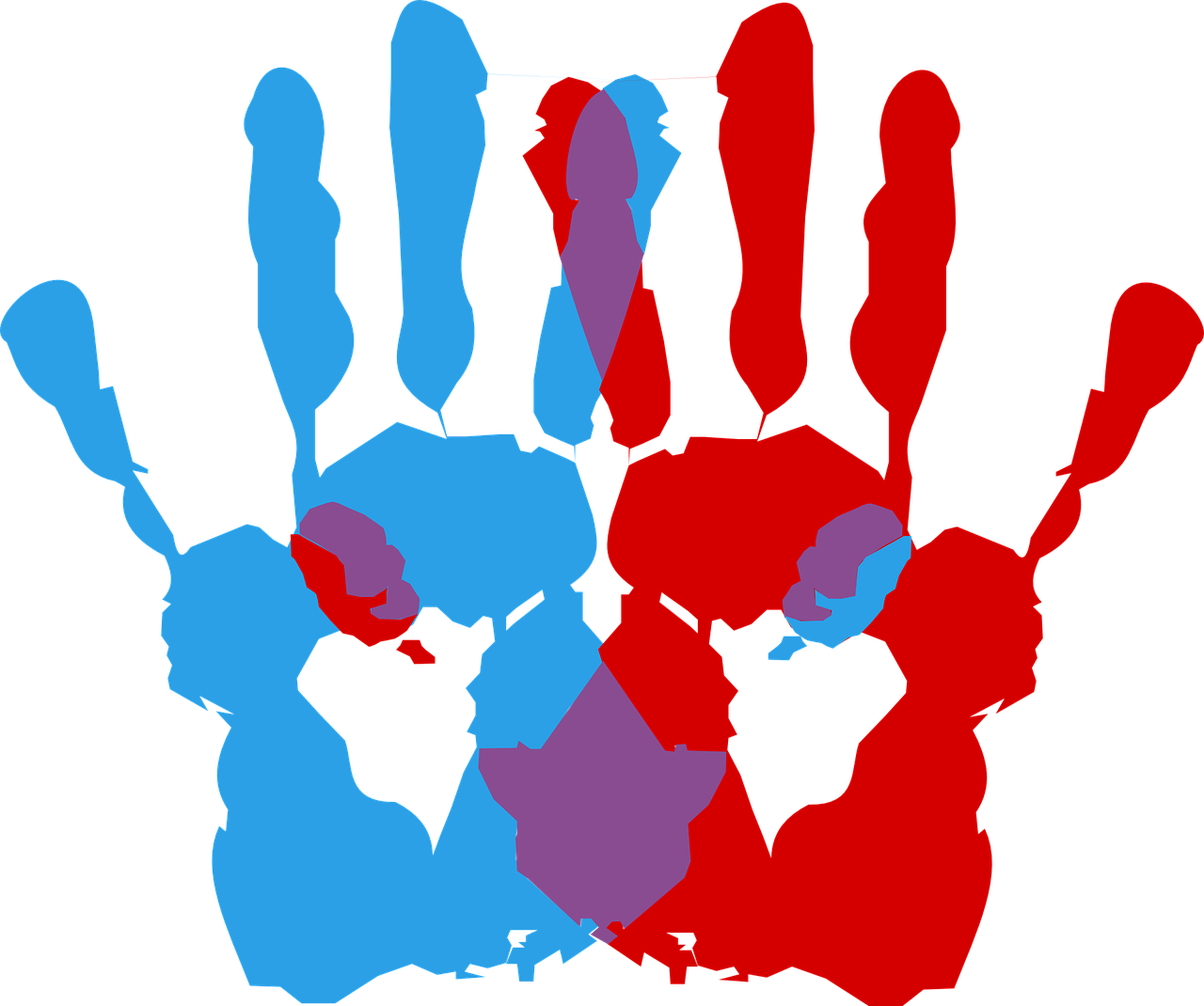Good question? In this post I will describe on an abstract level what „digital leadership“ in my view means, about the concrete „how does this work“ then later more.
On Wikipedia one finds: „Digital leadership is a scientific approach to the definition of the tasks and tools of leadership in times of digitization in general and in phases of transformation into a digital company in particular“.
On how and what impact digitization has on the topic of leadership, one then reads the approaches that you know from agile leadership: participation, delegation, empowerment, networks, network organizations, experimentation, lifelong learning, team orientation and purpose.
I always get suspicious when you get clear answers or trends to complex problems. My view on the subject is a little more nuanced. My main point is that there are different options and that you have it in your hands in which direction your company is developing. I assess this at the beginning from the technical possibilities of digitization, and therefore take a quick look at these options. In addition, for me, the ethical use of artificial intelligence (AI) is or should be part of „digital leadership“.
Digitization means networking, new technologies, the growth of data and better evaluation possibilities of data up to the control of processes in companies or in the relationship with customers via artificial intelligence. The dilemma about leadership becomes clear when – to use an extreme case – processes are completely controlled by an artificial intelligence and in doing so also the productivity of employees is determined and if there is too low productivity the AI can also dismiss people.
Ambidexterity is the most important leadership model for digital companies
Digitization therefore offers opportunities that can mean exactly the opposite of agile principles, especially in the process-driven, standardizable areas in the company. But what about the areas that need a high degree of creativity? Here, companies are increasingly relying on the above-mentioned principles of agile leadership.
Companies therefore often try to run the company with 2 „operating systems“. From an organizational point of view, hierarchical, process-oriented areas stand next to self-organizing teams. It is true that hierarchical structures in process-oriented areas can continue to make sense if division of work and focus lead to efficient processes. In addition, there are employees who prefer to work in hierarchical structures, who appreciate their safety and predictability and are overwhelmed with the daily changing challenges of agile teams. There are also many ways to introduce more teamwork, flexibility, and agile principles in hierarchical structures. On the other hand, a dynamic, customer-oriented innovation process requires agile organizational and HR approaches. Two operating systems at the level of corporate strategy can mean that profits from the existing business are used to build up the future business areas.
In practice, however, there are usually not only process-oriented or creative areas or a clear separation into existing and growth business. In addition, companies operate in an environment that is becoming more dynamic and complex, therefore agile approaches to running a company become more and more important. Leadership needs more and more both: efficiency- and process-oriented management and the emergence of creative, innovative solutions.
Companies solve this conflict by implementing the so-called ambidextrous leadership. Ambidexterity means two-handedness. So, two hands of leadership: one hand for efficiency and one for creativity and thus the requirement for executives to reach and balance both.
For the ambidextrous leadership, this means that left and right hands do not act separately but follow a common strategy. There is a bracket in the company that holds old business and new business together, or process-driven areas and innovation-driven areas. The most important bracket is the common corporate culture, the values in the company and how both are continuously developed strategically.
Successful digital transformation, successful digital leadership therefore begins from my point of view with the analysis of how the culture is in the company and the determination of what culture a company needs to be well-prepared for the future. In addition to the visible behaviors, a cultural analysis describes the collective values lived and unconscious assumptions according to which the company operates. In my experience, small and medium-sized enterprises should also be aware of their cultural DNA for the digital transformation to become successful.
Ethical basis of AI
For me, the discussion about the ethical basis of artificial intelligence is becoming more and more important. The technology companies have an outstanding responsibility. The impact on society should be considered in the development of AI. A code for AI ethics is a first step in countering people’s skepticism about AI. A code of ethics alone, however, is not enough if it does not describe in concrete terms how implementation in the company is ensured and verifiable. The Boston Consulting Group recently published what I consider to be a particularly good approach to this.[1]
But even those who “only” implement AI in the company are responsible to employees and customers that the AI meets ethical principles. The guidelines of the German Ethics Council HR-Tech can be a guideline for the implementation of AI in HR management.[2]
The task and art of „Digital Leadership“ is therefore for me:
- find the common bracket for ambidextrous leadership in your company,
- promote the ethical basis of the further development and implementation of AI,
- and to continuously develop the culture in the company digitally and to live the new culture.
So, this was my abstract introduction on my view of “digital leadership”. Later in my blog you will find posts to the concrete how, for example a post how to make a pragmatic cultural analysis, so stay tuned!
[1] https://www.bcg.com/publications/2020/six-steps-for-socially-responsible-artificial-intelligence

2 Kommentare on “Digital Leadership: What is it?”